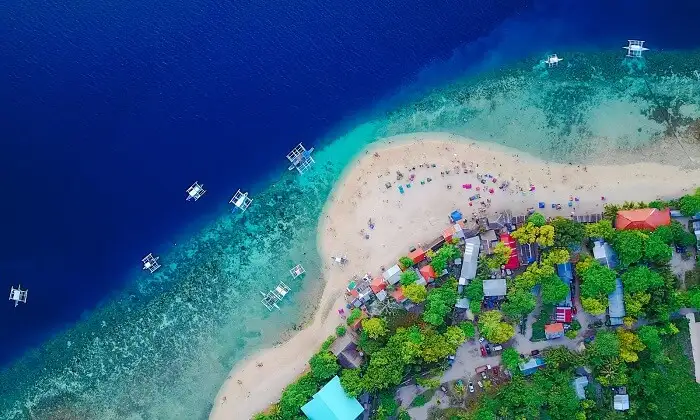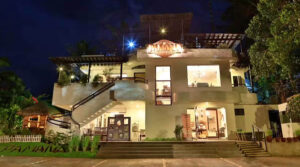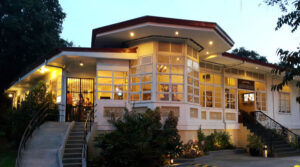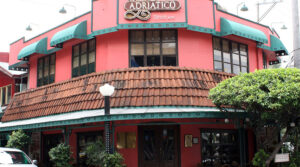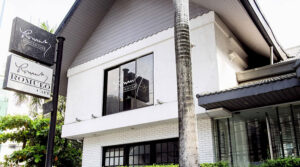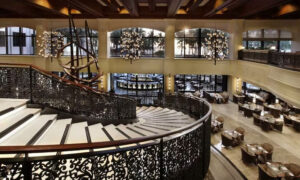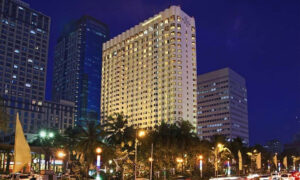Truths About Philippines Tourism
Philippines tourism is a tapestry of diverse experiences, from idyllic beach getaways to vibrant city life, making it an enchanting destination for travelers worldwide. However, like any popular tourist spot, it has fallen victim to a few misconceptions that can deter potential visitors. In this article, we aim to debunk prevalent myths surrounding Philippines tourism and shed light on the facts, ensuring that you can make an informed decision about exploring this captivating country.
Myth: The Philippines is unsafe for tourists.
Fact: While safety concerns can arise in any destination, the Philippines is generally a safe country for tourists. Like any travel destination, it is recommended to exercise caution and be aware of your surroundings. Popular tourist areas, such as Manila, Cebu, and Boracay, have well-developed tourist infrastructure and security measures in place.
Myth: The Philippines is just about beaches.
Fact: While the Philippines is renowned for its pristine beaches and crystal-clear waters, the country offers much more. It boasts a rich cultural heritage, with historic landmarks, UNESCO World Heritage Sites, and a vibrant arts and music scene. Exploring the colonial architecture in Intramuros, Manila, or visiting the breathtaking Banaue Rice Terraces showcases the country’s cultural diversity beyond its beaches.
Myth: The cuisine in the Philippines is limited.
Fact: Filipino cuisine is a delightful fusion of flavors, influenced by Malay, Spanish, Chinese, and American culinary traditions. From adobo (marinated meat) to sinigang (sour soup) and Lechon (roast pig), the Philippines offers a diverse range of mouthwatering dishes. Exploring local street food markets and indulging in regional delicacies is a must for food enthusiasts.
Myth: The Philippines lacks modern infrastructure.
Fact: The country has made significant strides in developing its infrastructure to cater to the needs of tourists. Major cities have well-maintained transportation systems, including airports, highways, and public transportation networks. Additionally, a growing number of hotels, resorts, and tourist facilities have emerged, providing comfortable accommodations and amenities for visitors.
Myth: Natural wonders are limited to famous tourist spots.
Fact: While popular tourist destinations like Palawan, Siargao, and Bohol offer stunning natural landscapes, the Philippines is abundant in breathtaking scenery throughout its 7,641 islands. From the Chocolate Hills in Bohol to the underground rivers of Puerto Princesa, the country is a treasure trove of natural wonders waiting to be explored.
Conclusion
As you plan your trip to the Philippines, it’s essential to separate myths from facts to ensure an enjoyable and fulfilling experience. Despite any misconceptions, the Philippines offers a remarkable tapestry of beauty, culture, and adventure. By understanding the reality behind these myths, you can embrace the true essence of Philippines tourism and create lifelong memories as you immerse yourself in its captivating destinations, cultural experiences, delectable cuisine, and awe-inspiring natural wonders.
Remember, the Philippines welcomes travelers with open arms, ready to share its warmth, hospitality, and unparalleled beauty. So, pack your bags, embark on an adventure, and let the Philippines amaze you with its wonders.
Note: This article is a work of fiction and is not intended to represent accurate information about the current state of Philippines tourism. It was created for the purpose of providing an example of an article.

